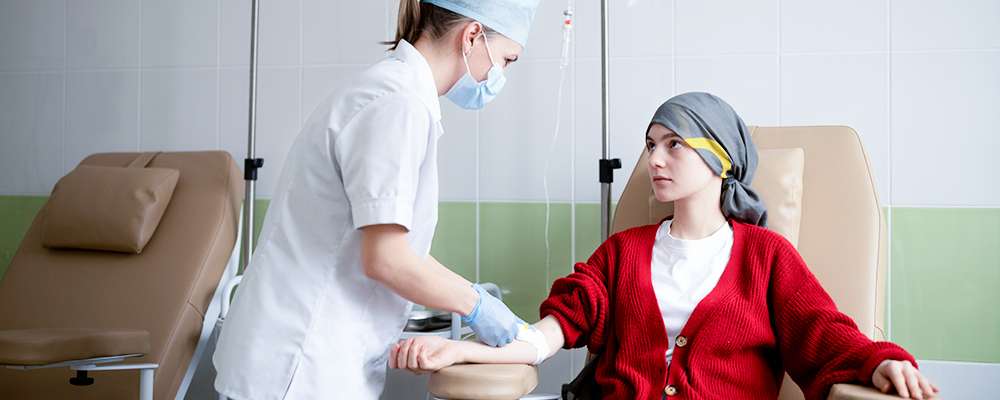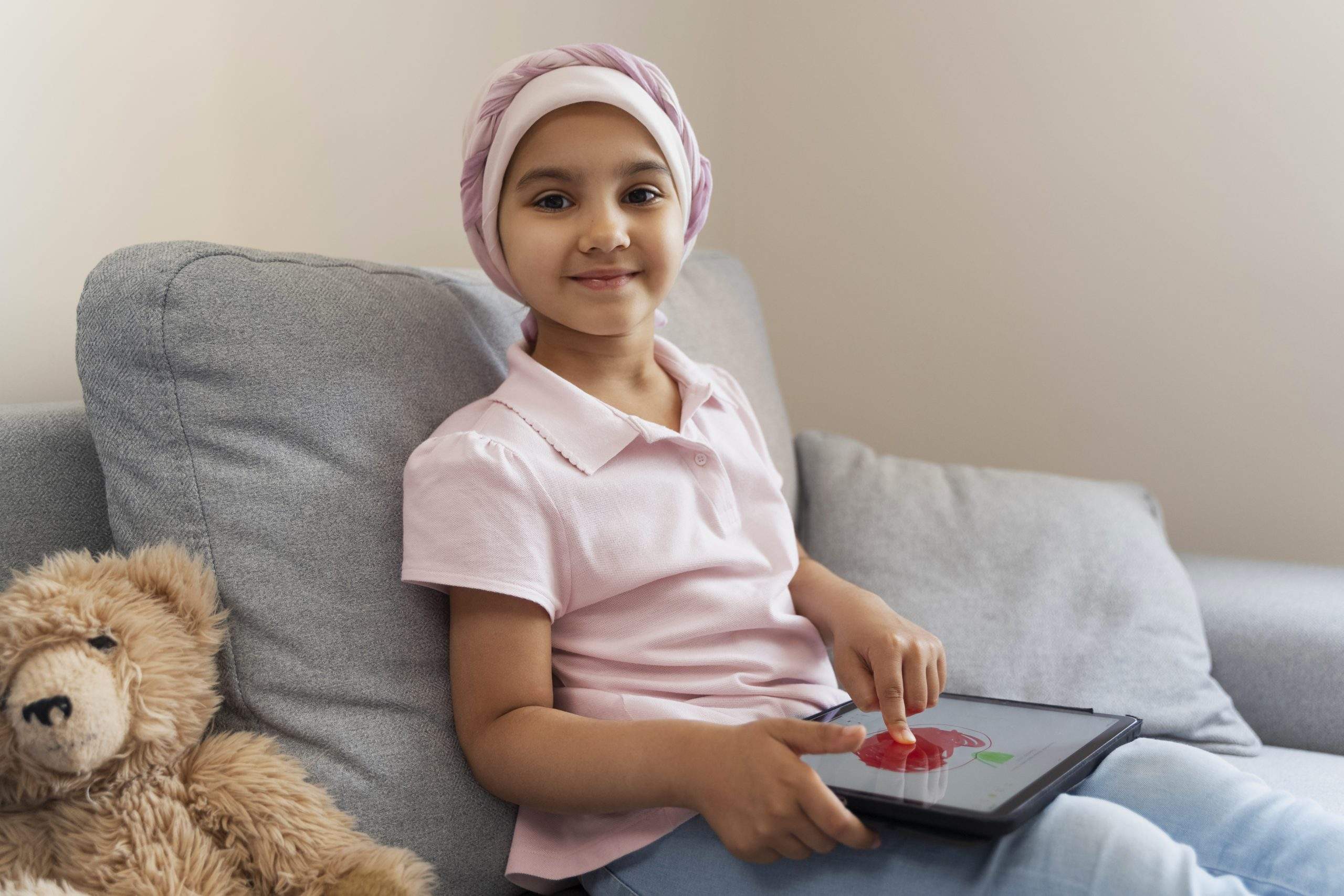The treatment of cancer started as early as 1901 with the discovery of radium. Dr. Henri Danlos at St. Louis Hospital in Paris started treating skin cancer patients after a suggestion from Pierre Curie by BrachyTherapy a Latin word which means therapy at ‘short distance’. Over 120 years this branch has evolved as one of the most important aspects of cancer treatment with very minimal side effects compared to the other cancer treatment modalities available. The main modalities of cancer treatment include radiotherapy, surgery, and chemotherapy. These modalities complement each other but cannot replace the other.
Radiotherapy can be delivered externally, called External Beam RadioTherapy (EBRT), and internally or in contact called, BrachyTherapy (BT). Technically speaking EBRT is delivered from the outside of the body and BT is delivered from the inside of the tumor. In other words for radiation to reach a tumor located inside our body, EBRT delivers radiation traversing through the skin and underlying structures before reaching the tumor, thereby irradiating more normal tissue during the process.
On the contrary, BT delivers the highest dose, much higher than EBRT can deliver to the center of the tumor and minimal dose to normal structures.
Cancer most commonly treated but not limited to, with brachytherapy includes uterine, cervical, vaginal, breast, oral cavity, penile, and sarcomas of limbs. The three most common cancer in India is breast, head and neck, and cervix. BrachyTherapy is an integral part of cervix cancer where every patient needs this modality of treatment.
With modern machines available for brachytherapy, treatment can be delivered over few minutes, which is a leap from treatment delivery time of 30-60 hours by previous-generation technology.
BrachyTherapy can be Intracavitary (ICBT), Interstitial (ISBT), Intraluminal, and Mould type depending upon the techniques. In ICBT specially designed applicators are inserted inside body cavities like the uterus, vagina through which radiation is delivered. In ISBT small needles or flexible tubes are inserted into tumor tissue and radiation is delivered. With mold BT a customized shaped impression of the structure is taken and connected with flexible implant tubes for radiation delivery. This technique is usually used for hard palate lesions, vaginal lesions, etc.
With the advent of CT scans, MRI, PET scanner, and Ultrasound machine BrachyTherapy have become technically challenging. This modern medical device and availability of image fusion software have almost removed any margin of errors during BrachyTherapy procedures and made the branch very demanding. where
In properly selected cases, BrachyTherapy helps in organ preservation where the functionality of a structure is preserved and cosmesis is maintained. It is very useful for cheek, angle of mouth cancers, penile cancers, palate cancers, where the organ need not be removed as a part of the cancer treatment protocol.
BrachyTherapy needs special expertise in terms of case selection and the procedure itself helps in organ preservation with an excellent outcome.
The case –This patient had an early cancer of the lower lip where surgical excision would need the removal of part of the lip and reconstruction if any. With ISBT under local anesthesia, the lesion was treated for 7 days on an outpatient basis(OPD)and discharged.

Written by
Dr. Partha Sarathi Bhattacharya,
Radiation Oncologist,
Mahatma Gandhi Cancer Hospital and Research Institute, Visakhapatnam













